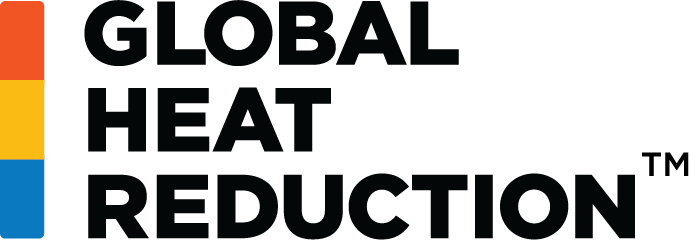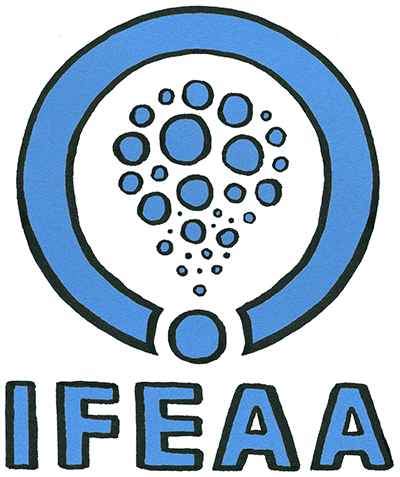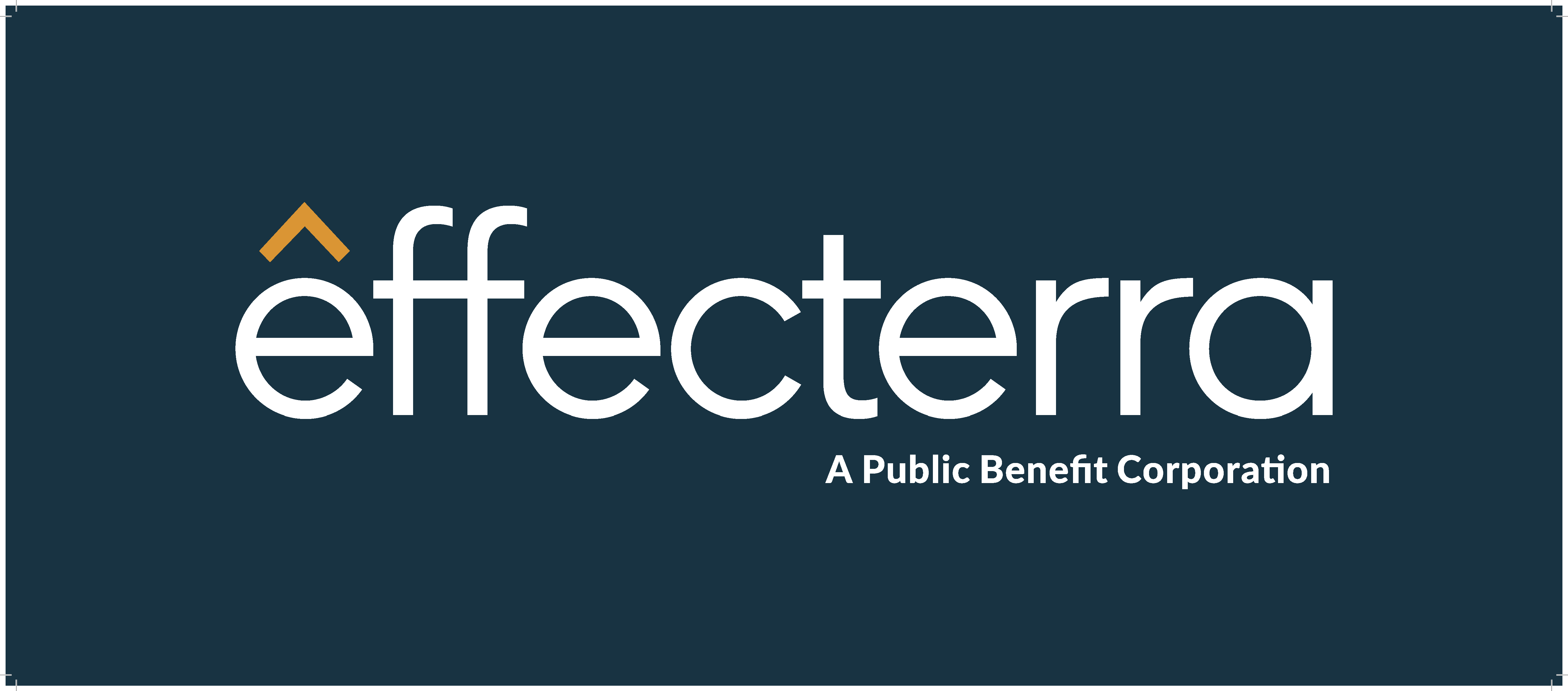Urgent Climate Action: SLCPs
An Open Letter on the Importance of Short-Lived Climate Pollutants (SLCPs) in National and Corporate Climate Action Plans
Summary
The world's progress on climate action has been too slow. 2023 was the warmest year on record, and we are closer than ever before to what some consider to be a "safe" level of warming, 1.5° C above the pre-industrial average. If we continue emitting at the current rate, we will slip past this target and both humans and the biosphere will suffer greatly. One of the fastest, most efficient solutions to prevent us from reaching dangerous levels of warming is to look beyond only carbon dioxide (CO2) and rapidly reduce Short-Lived Climate Pollutants (SLCPs) like methane, soot (black carbon), and refrigerant gases.
Both governments and corporations need a greater sense of urgency on SLCP mitigation, and need clear guidance and support for their efforts. This letter describes the climate impact of SLCPs, existing efforts to prevent their emissions, and an illustrative but incomplete set of opportunities and future initiatives. We publish this letter to spur not just discussion but also action and coordination across the public, private, and civil sectors globally.
What are SLCPs and why are they important?
Most climate action today focuses on reducing emissions of carbon dioxide and, to a lesser but growing extent, removing carbon dioxide from the atmosphere. These efforts are necessary and need to continue growing rapidly.
However, other climate pollutants, especially Short-Lived Climate Pollutants (SLCPs), are underappreciated and must also be a part of the solution. SLCPs, such as methane, HFC refrigerants, black carbon, carbon monoxide, and aviation contrails, account for nearly half of industrial-era global heating.
Unlike CO2, which remains in the atmosphere as a long-lived greenhouse gas for hundreds to thousands of years, SLCPs have much shorter atmospheric lifetimes on the scale of years to days. Cutting the rate of SLCP emissions — even if gross SLCP emissions do not reach zero — can therefore rapidly reduce the rate of atmospheric warming.
The good news is that SLCP abatement includes a large number of “low-hanging fruits” that are technologically ready to deploy today. These solutions include improved refrigerant management and deployment of low-GWP refrigerants, methane management in fossil fuel production, livestock methane management, reduced methane emissions from water-efficient rice cultivation, soot-free transport and cooking solutions, reduced food waste, and more.
Building on the momentum from COP28, we call on global leaders in government and business to prioritize SLCP mitigation in their climate action plans, and for entities such as standards bodies and think tanks to support these efforts.
What is already being done and where are the gaps?
We are inspired and encouraged by existing initiatives on SLCPs, including: the Global Methane Pledge, the new Global Cooling Pledge from COP28, the Climate and Clean Air Coalition (CCAC), the Madrid Call on Fast Action on Super Pollutants (and following work under FAST), the Refrigerant Emissions Elimination Forum (REEF), the Astra Project, Climate and Ozone Protection Alliance (COPA) and others. However, more needs to be done. We call for an increase in resources and support to existing projects, the development of new efforts focused on these strategies, and increased prioritization of these issues by countries and corporations alike.
On the national level, for example, CCAC has delivered a variety of tangible wins and supported longer-term efforts such as the development of National SLCP Plans, which we applaud. However, there is still much work to be done: over 100 countries have yet to join CCAC, fewer than 20 countries have endorsed national SLCP plans, and only 54% of countries' Nationally Determined Contributions (NDCs) included HFC reduction according to the latest UNFCCC synthesis report.
Fewer than 20 countries have endorsed national SLCP plans.
There is also a gap in corporate climate action on SLCPs. We call for:
- Standards bodies to develop new corporate standards (or amend existing ones, as appropriate) to incorporate urgency on SLCPs across reporting, mitigation efforts, and beyond-value-chain mitigation (BVCM).
- Forward-thinking corporations to experiment and try their own SLCP-informed approaches while such standards are being developed or amended.
Currently, the GHG Protocol Corporate Standard requires reporting of individual Kyoto Protocol gases, and the Science Based Targets Initiative (SBTi) calls for "deep reductions in non-CO2 emissions from all sectors". However, there is substantial room for improvement and expansion. For example, SBTi's cross-sector pathway includes only CO2, CH4 and N2O, but excludes HFCs, a major SLCP.
At a deeper level, both the GHG Protocol Corporate Standard and SBTi provide guidance to compare emissions of different gases on the basis of cumulative warming impact over a 100-year timescale (GWP-100). However, GWP-100 does not provide a complete picture of temperature impacts, and there are a variety of emissions metrics available, including: GWP-20 (cumulative radiative forcing over a 20-year timescale), GWP*, and CGTP. Because no emission metric can be perfect, we advocate for a more nuanced treatment of SLCPs in corporate emissions accounting. It is clear that GWP-100 by itself is inadequate for meeting our near-term climate goals.
What can companies do?
Corporations need better standards to guide accounting for and mitigating their SLCP emissions, as well as incorporating SLCPs into their Beyond Value Chain Mitigation (BVCM). Forward-thinking corporations can take action today, before comprehensive SLCP-informed standards are set. Here are three guidelines to consider in adopting such a plan.
Forward-thinking corporations can take action today, before comprehensive SLCP-informed standards are set.
First, report separate emissions for each climate pollutant, as recommended by leading climate scientists. They can then set separate reduction targets for each pollutant.
Second, when a unified metric is required, corporations can report multiple such metrics. At the very least, we would suggest that GWP-20 always accompany GWP-100. This change requires negligible additional effort to prepare and would be straightforward to interpret. Side-by-side reporting could allow corporations and watchdog organizations to explicitly assess and prioritize progress across both short-term and long-term mitigation opportunities.
Third, beyond these fundamental steps, corporations can pursue an SLCP-informed approach to climate action, both inside their emissions boundary and outside it. They might choose to set their Scope 1, 2 and 3 reduction targets separately for different pollutants over time. They could choose to pursue BVCM efforts across different pollutants in a way that is science-informed, or set targets based on their own emissions profile across these pollutants. Some corporations retire voluntary carbon credits as part of their BVCM efforts, and have already begun to separate CO2 avoidances from carbon removal in their procurement. These companies could carve out a third category of avoided SLCP emissions to explicitly recognize the importance and urgency of these efforts.
Conclusion
The signatories to this letter take a wide variety of perspectives on the most promising pathways and approaches to SLCP mitigation. However, all signatories agree that SLCP emissions are a neglected and critical area to invest in over the next five years to prevent the worst impacts of climate change.
We therefore call upon governments, the private sector, and civil society to recognize the scientific rigor and moral urgency surrounding short-lived climate pollutants, and to take broad and swift action to abate their emissions. We look forward to partnering with you on this critical mission.
To add your organization as a signatory, or for any other inquiries, please send an email to [email protected].
Signed,
|
Recoolit
|
|
|
Project Drawdown
|
|
|
Terraset
|
|
|
Carbon Containment Lab
|
|
|
Global Heat Reduction
|
|
|
ATMOsphere
|
|
|
A-Gas
|
|
|
International Fugitive Emissions Abatement Association |
|
|
CNaught
|
|
|
Effecterra
|
|
|
Refrigerant Emissions Elimination Forum
|
|
|
LIFT Economy |
|
|
Frost Methane |
|
|
climate-i
|
|
Veridien |
|
|
Overview Capital
|
|
|
The Sky Foundation
|
|
| Kristen Taddonio |
|
|
Prof. dr. ir. G.J.M. (Guus) Velders
Utrecht University |
|
|
Dr. Tom Hooper
University College Dublin |
|
|
Dr. Pallav Purohit
International Institute for Applied Systems Analysis |
|
|
Foodprint Group
|
|
|
Evah Associates
|
|
|
Avida Energy
|
|


















